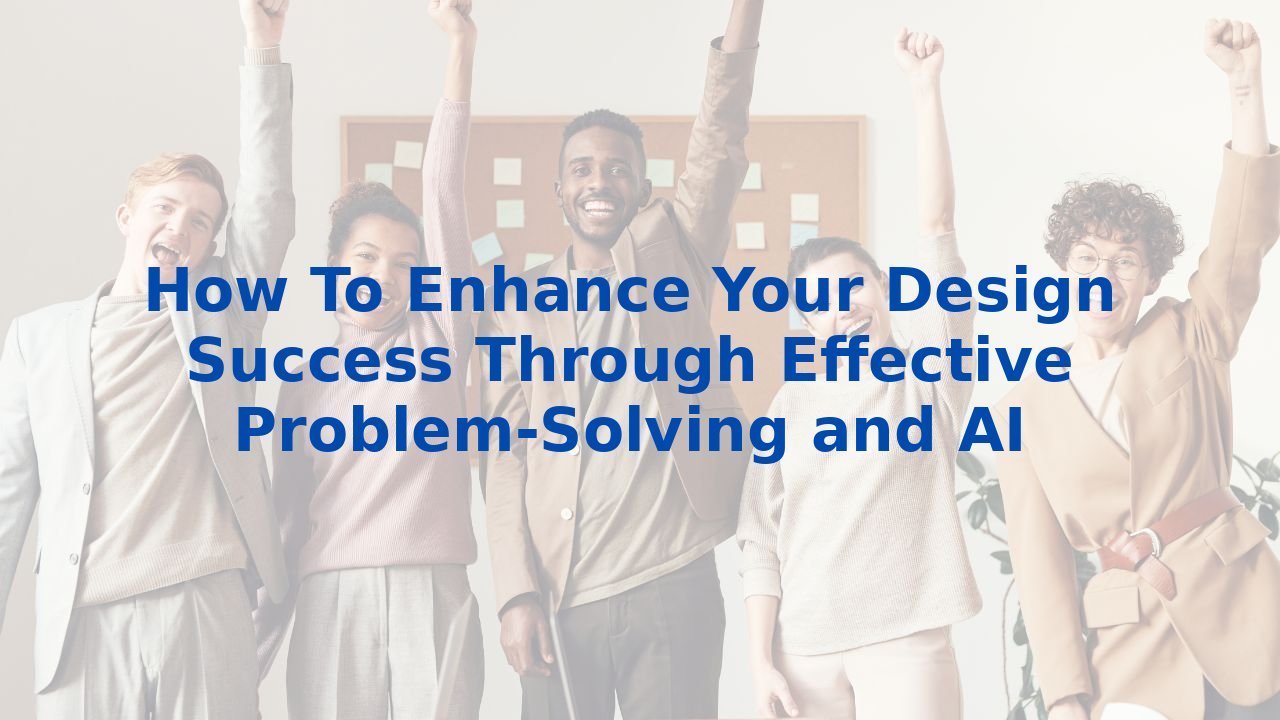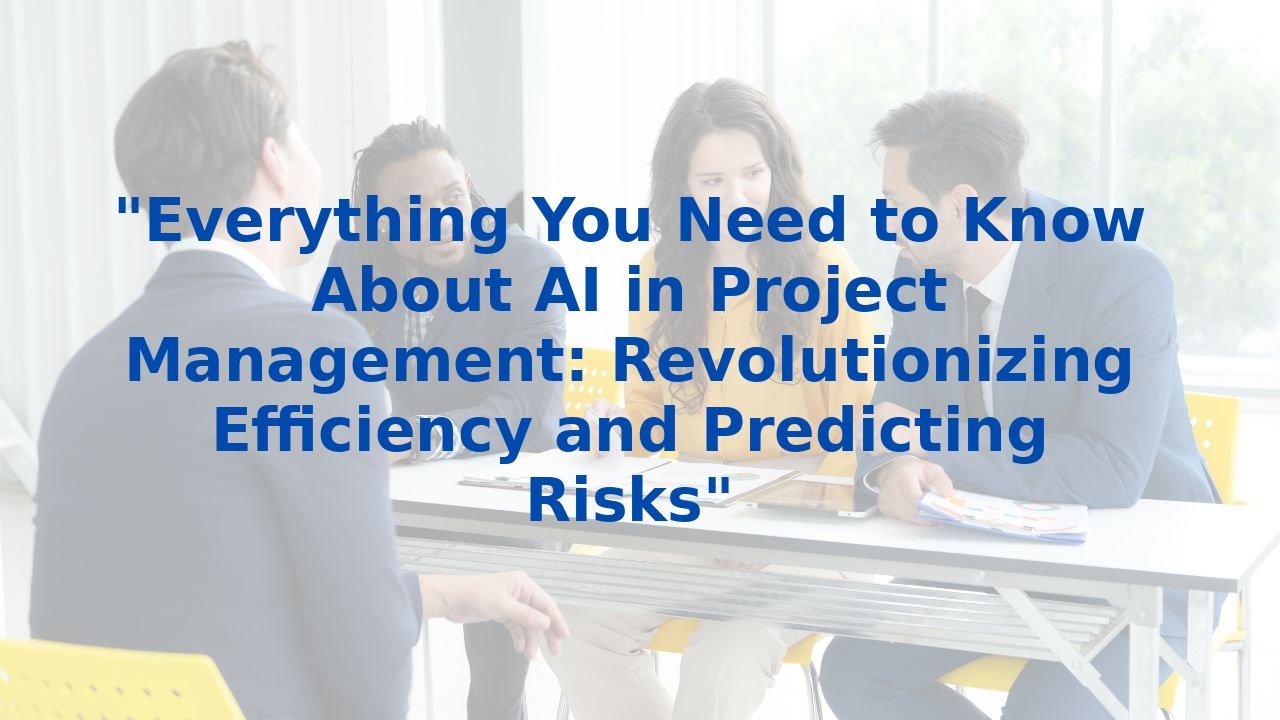How To Enhance Your Design Success Through Effective Problem-Solving and AI
The Problem-Solving Process: A Pathway to Design Success
In the world of design, the ability to communicate effectively is paramount. Many designers consider communication design primarily as a problem-solving process. This assertion holds significant truth, as each design endeavor hinges on the fundamental challenge: how to convey information successfully to the intended audience. By understanding the steps in this process, businesses can not only improve their design capabilities but can also leverage artificial intelligence (AI) to enhance efficiency and effectiveness throughout.
Step 1: Define the Problem
The initial step in the problem-solving process requires you to clearly define the communication challenge at hand. This entails determining what message needs to be conveyed and who the target audience is. It’s important to specify the desired outcome and identify potential obstacles that could hinder effective communication.
AI can play a pivotal role at this stage. By employing data analytics, businesses can gain insights into customer preferences, behaviors, and pain points. AI tools can help segment audiences more accurately, allowing designers to tailor their messages effectively, thereby ensuring the core problem is well understood and articulated.
Step 2: Research
Once the problem has been defined, the next phase involves conducting thorough research. This step is critical for understanding the context, trends, and the strengths and weaknesses of competing solutions. Designers must gather relevant data to inform their decisions, which in turn shapes their creative process.
Here, AI algorithms can sift through vast amounts of information in mere seconds, extracting relevant data and insights. Machine learning models can identify emerging trends or consumer sentiments that might not be visible at first glance. This ability to leverage AI not only speeds up the research phase but also enhances the accuracy of the insights derived, leading to more informed design choices.
Step 3: Develop Concepts
With a clear understanding of the problem and comprehensive research completed, the designer can begin brainstorming and developing concepts. This is where creativity takes center stage, merging ideas into visually compelling narratives. However, creativity doesn’t thrive in a vacuum—it requires structured thinking informed by data.
AI can serve as a powerful collaborator at this juncture. By using generative design technologies, designers can explore multiple solutions, creating variations and options rapidly. This technology allows teams to iterate quickly and apply data-driven feedback to refine their designs further, thus enhancing creativity through a systematic approach.
Step 4: Implement Solutions
The final step is implementation. This process encompasses executing the chosen concept and ensuring that all design elements come together cohesively. A successful implementation requires meticulous planning and attention to detail. Moreover, ongoing evaluation of results post-implementation is crucial to gauge effectiveness.
Here, AI can optimize the implementation process by automating tasks, streamlining workflows, and providing analytics on how the design performs in real-world scenarios. AI-driven tools can collect user feedback and performance metrics, allowing businesses to pivot quickly, make adjustments, and enhance customer satisfaction.
Enhancing Efficiency with AI in Business Processes
By incorporating AI into the four-step problem-solving process, organizations can experience a marked improvement in efficiency. Automation of menial tasks reduces the time spent on repetitive processes, allowing designers to focus on strategic creativity and innovation. Integrating AI helps in minimizing human error, optimizing resource allocation, and enhancing overall productivity.
Beyond the immediate advantages, implementing AI-driven solutions positions organizations to be future-ready. In an age where data is king, having the tools to interpret and act on insights can give businesses a competitive edge. They move from reactive to proactive, addressing customer needs before they arise and delivering exceptional results consistently.
The Value of Training Employees in AI
As with any revolutionary tool, the effectiveness of AI rests largely on the people using it. Training employees in AI not only equips them with the necessary skills to harness these technologies but also fosters a culture of innovation and adaptability within the organization. Empowering your workforce to understand and utilize AI effectively leads to a more motivated team that feels equipped to tackle challenges creatively.
Investing in comprehensive AI training can bridge the gap between human ingenuity and technological advancements, driving long-term growth and agility. In today’s rapidly evolving business landscape, organizations that prioritize both technology and talent will flourish, capable of addressing the complex communication problems they encounter.
“Business processes no longer have to be daunting. With the right tools and training, your team can transform challenges into opportunities.”
In this era of design and communication, the intersection of creativity and technology holds the key to success. By adopting a clear problem-solving framework and empowering your team with AI, your organization can unlock its true potential.



